Cue Health awarded $13 million for rapid, portable, point-of-Care COVID-19 test by BARDA
On Mar. 31, 2020, Cue Health announced that is had been awarded up to $30 million in base…

On Mar. 31, 2020, Cue Health announced that is had been awarded up to $30 million in base…
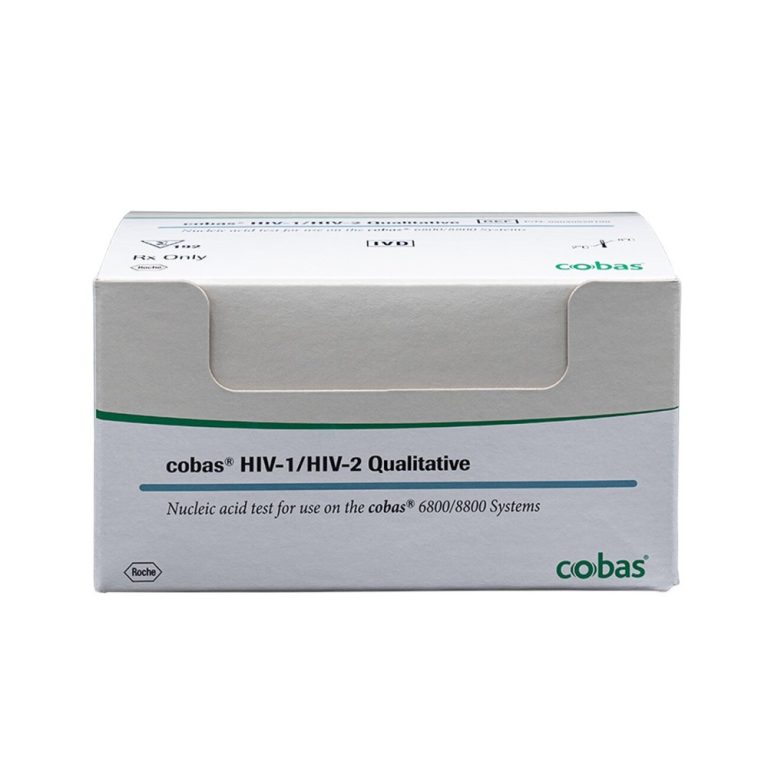
On Mar. 31, 2020, Mayo Clinic in Florida announced it had significantly ramped up efforts to process and…
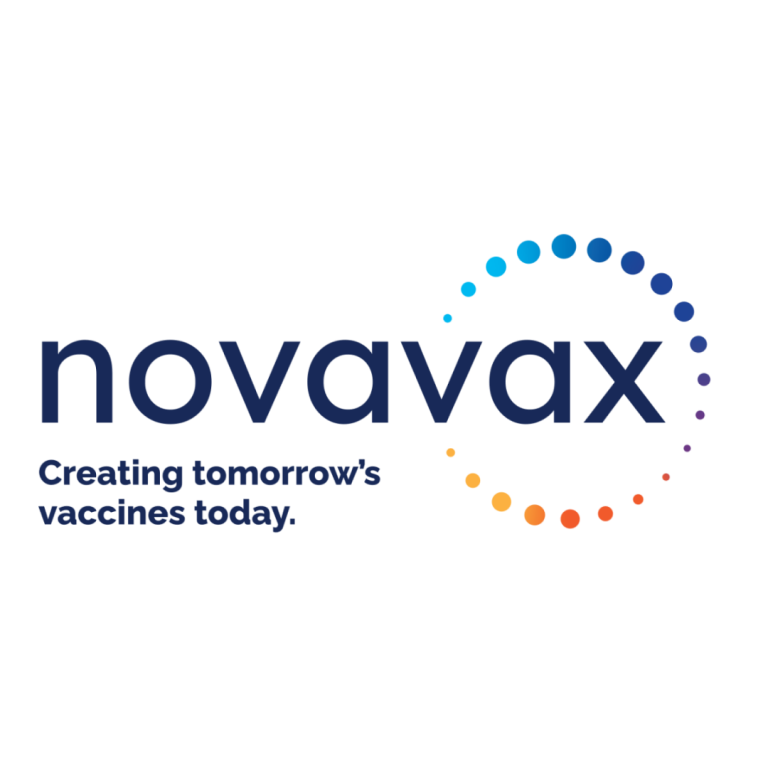
On Mar. 31, 2020, Emergent BioSolutions announced an agreement with Novavax whereby Emergent provided molecule-to-market contract development and…

On Mar. 31, 2020, Luminex announced it had received $642,450 in funding from the Biomedical Advanced Research and…
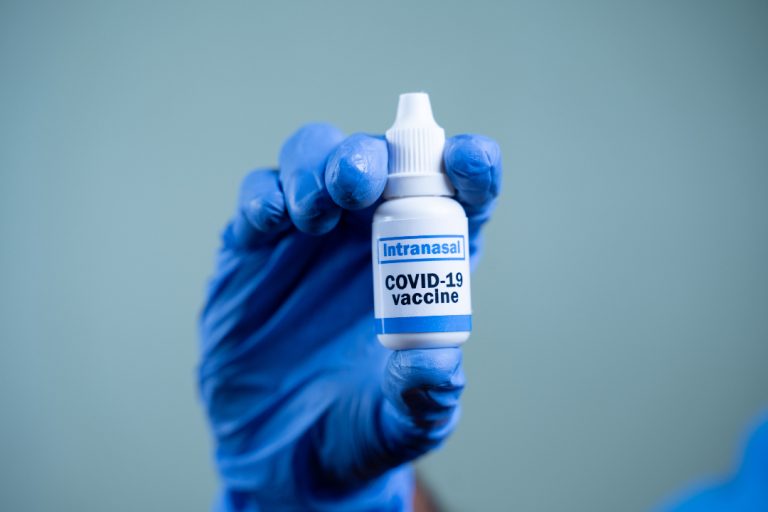
On Mar. 30, 2020, Altimmune announced that it was launching a collaboration with the University of Alabama at…

On Mar. 27, 2020, Medtronic announced its Medtronic Care Management Services (MCMS) business had launched two new solutions…

On Mar. 27, 2020, Emory’s Vaccine and Treatment Evaluation Unit (VTEU) announced participation in a clinical trial testing…
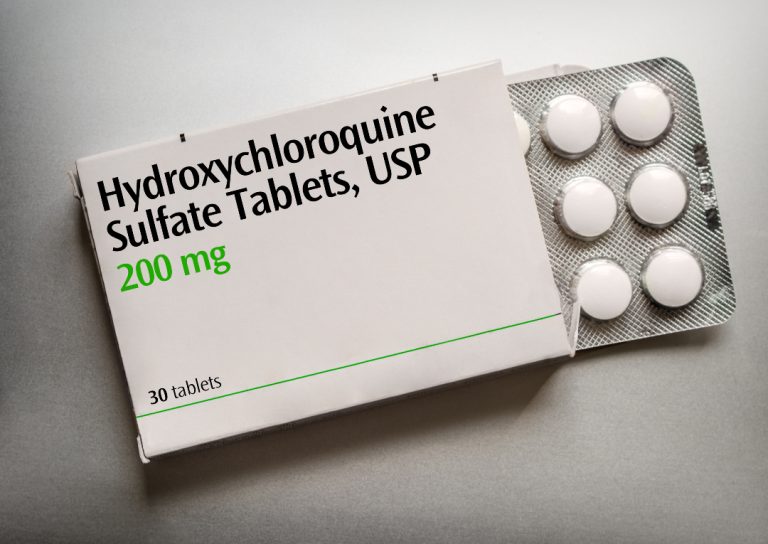
On Mar. 26, 2020, Amneal Pharma announced it had donated 1,000,000 hydroxychloroquine sulfate tablets to the Texas State…
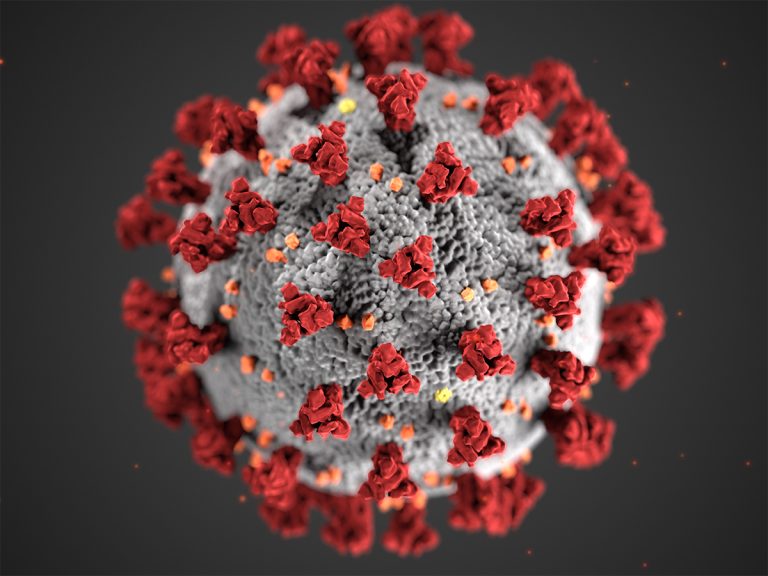
On Mar. 26, 2020, iBio announced that immunization studies for its SARS-CoV-2 Virus-Like Particle program (‘IBIO-200’) were proceeding…

On Mar. 26, 2020, iBio announced that it had entered into a development agreement with AzarGen Biotechnologies. Signed…

On Mar. 25, 2020, the Jackson Laboratory (JAX) announced it was working to ensure that the worldwide research…
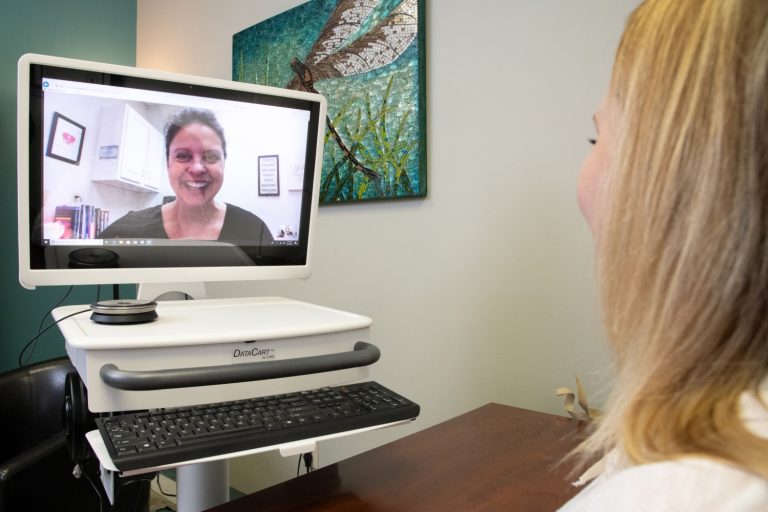
On Mar. 24, 2020, the Andrew and Corey Morris-Singer Foundation donated $1.6 million to OHSU to support the…
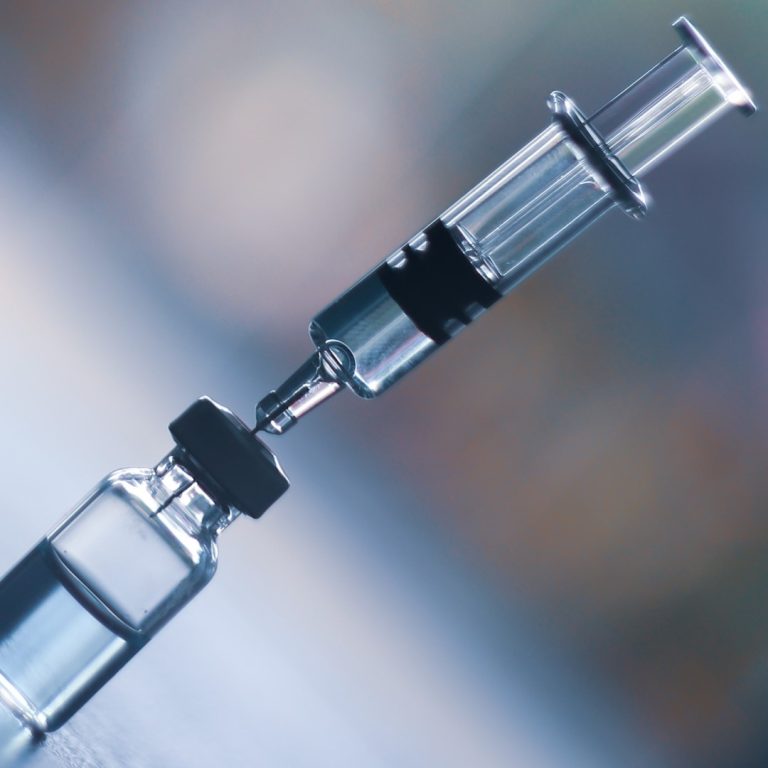
On Mar. 24, 2020, Novavax announced positive top-line results of its pivotal Phase 3 clinical trial of NanoFlu,…

On Mar. 24, 2020, to help in educating the public and in the hope of better conveying the…
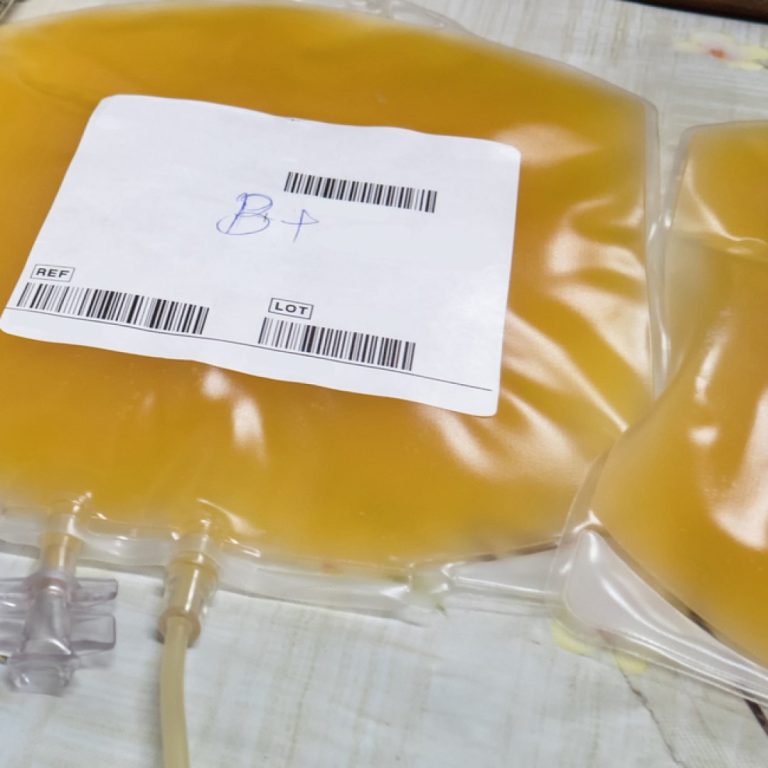
On Mar. 23, 2020, researchers at Washington University School of Medicine in St. Louis announced they were investigating…

On Mar. 23, 2020, CSL announced that it was exploring development of a hyperimmune serum that could be…

On Mar. 20, 2020, Novartis announced its commitment to donate up to 130 million doses of generic hydroxychloroquine…

On Mar. 20, 2020, Amneal Pharma announced that it was responding to the national COVID-19 health emergency by…

On Mar. 19, 2020, Mylan announced it had restarted production of hydroxychloroquine sulfate tablets at its West Virginia…
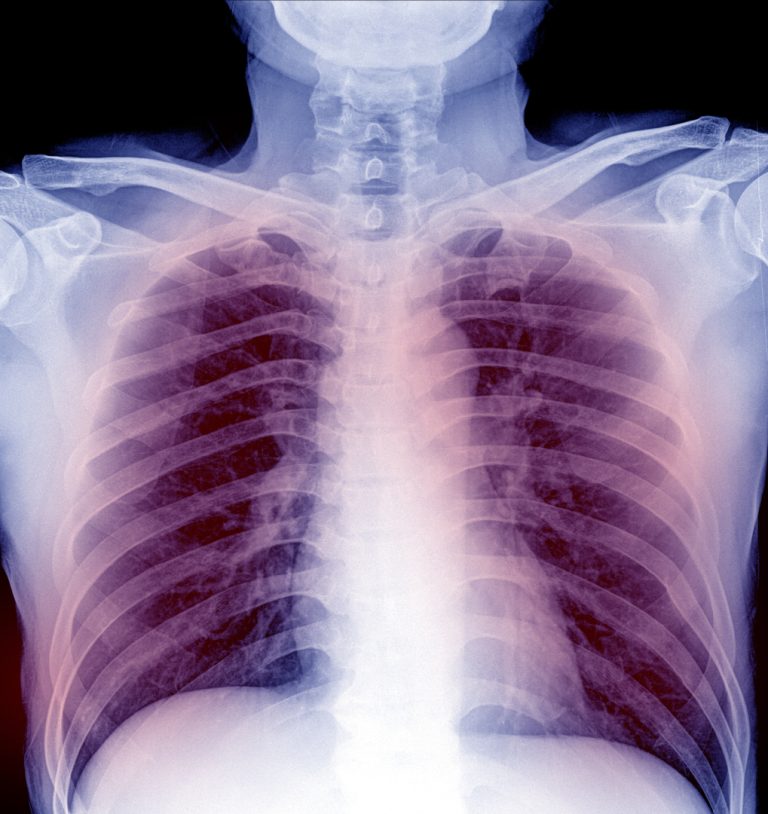
On Mar. 19, 2020, Roche announced it was working with the U.S. Food & Drug Administration (FDA) to…

On Mar. 19, 2020, Teva announced the immediate donation of more than 6 million doses of hydroxychloroquine sulfate…

On Mar. 18, 2020, StartX, a non-profit startup community of more than 1500 Stanford faculty and alumni founders,…

On Mar. 16, 2020, Moderna announced that the first participant had been dosed in the Phase 1 study…

On Mar. 12, 2020, the Mayo Clinic announced it had developed a test that can detect the SARS-CoV-2…

On Mar. 6, 2020, Cocrystal Pharma announced it had initiated its Coronavirus program. Cocrystal previously entered into a…

On Mar. 4, 2020, Vir Biotech and Alnylam Pharmaceuticals announced an expansion of their existing collaboration to include…
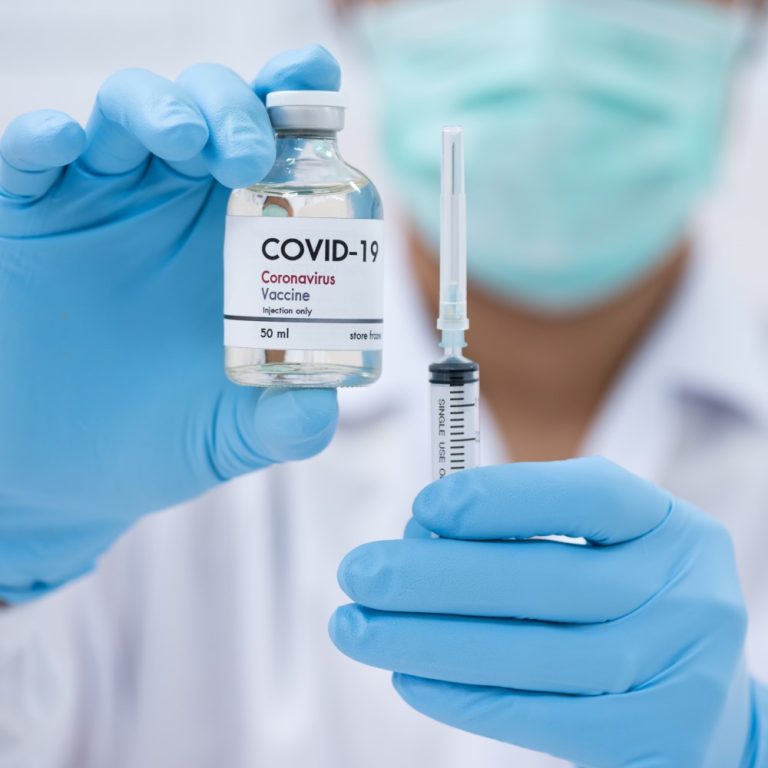
On Feb. 26, 2020, Novavax announced progress in its efforts to develop a novel vaccine to protect against…
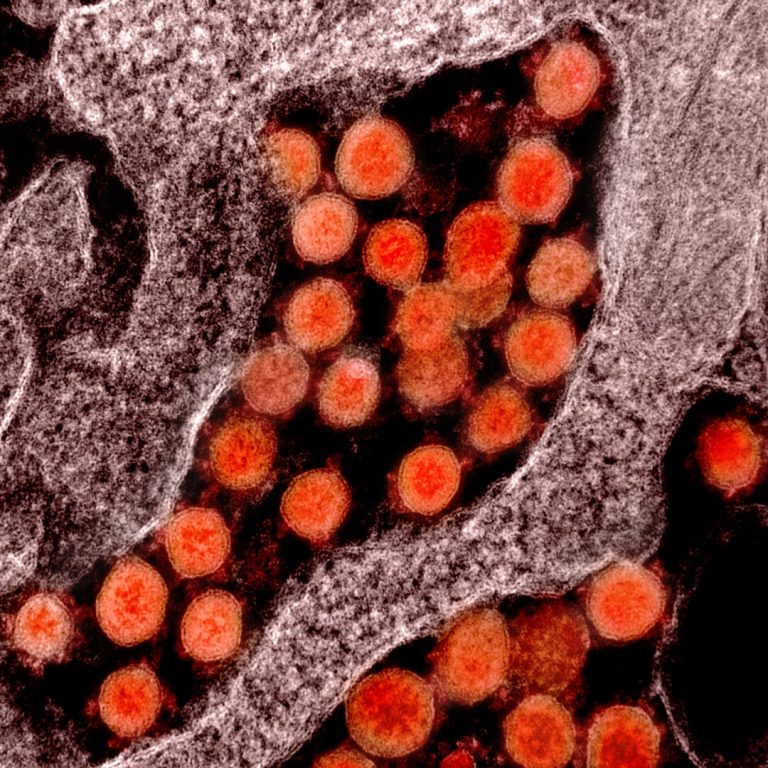
On Feb. 24, 2020, researchers at National Institute of Allergy and Infectious Disease’s Rocky Mountain Laboratories in Hamilton,…

On Feb. 24, 2020, Moderna announced it had released the first batch of mRNA-1273, the Company’s vaccine against…
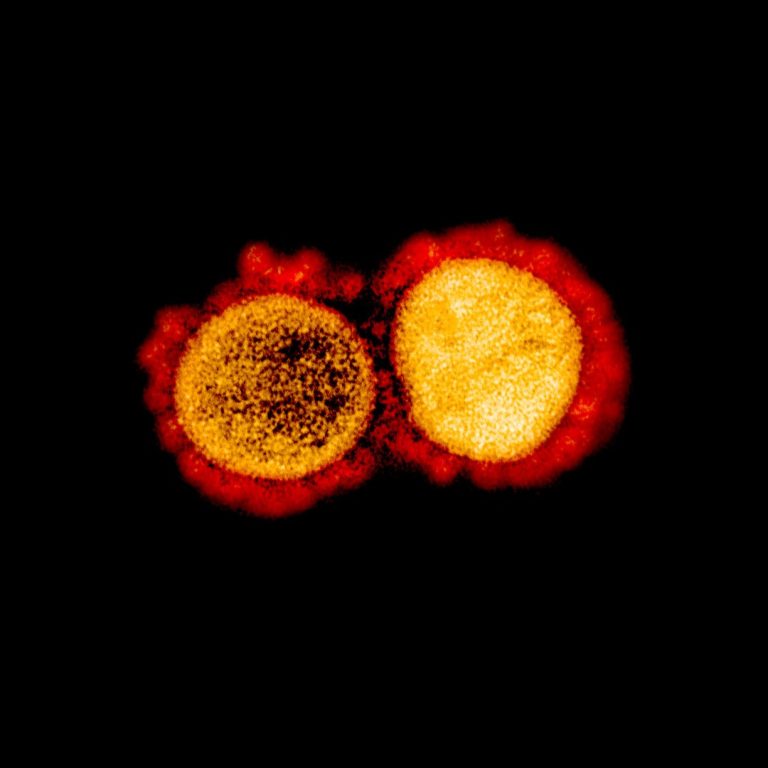
On Feb. 24, 2020, Scientists at Texas Biomed began work on the novel coronavirus known as SARS-CoV-2. A…